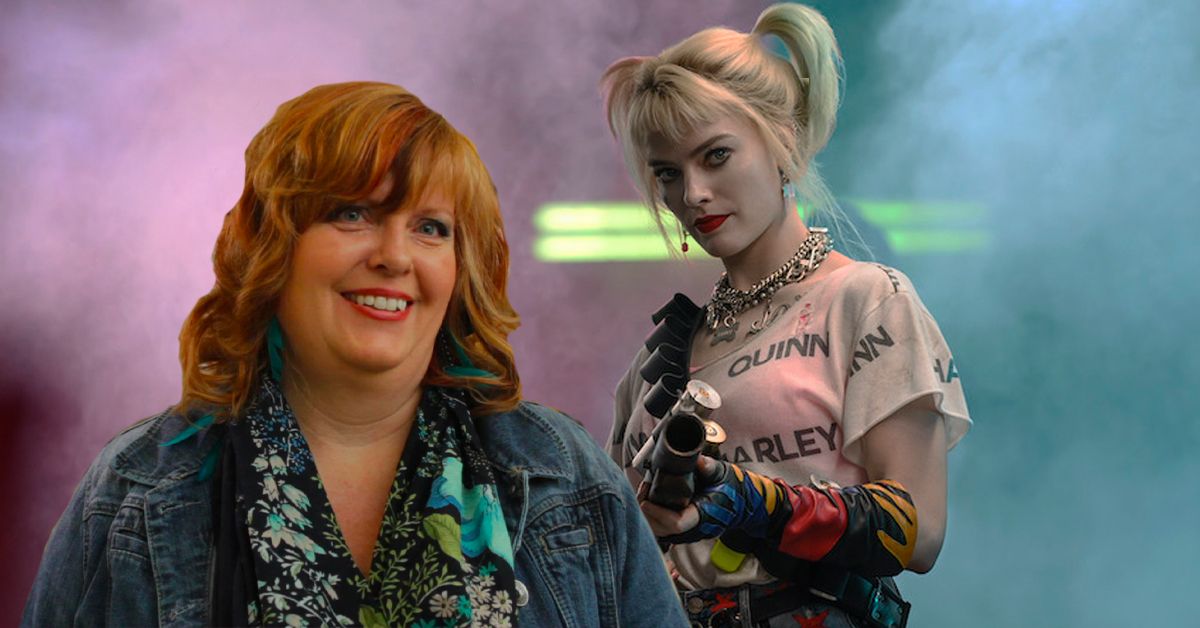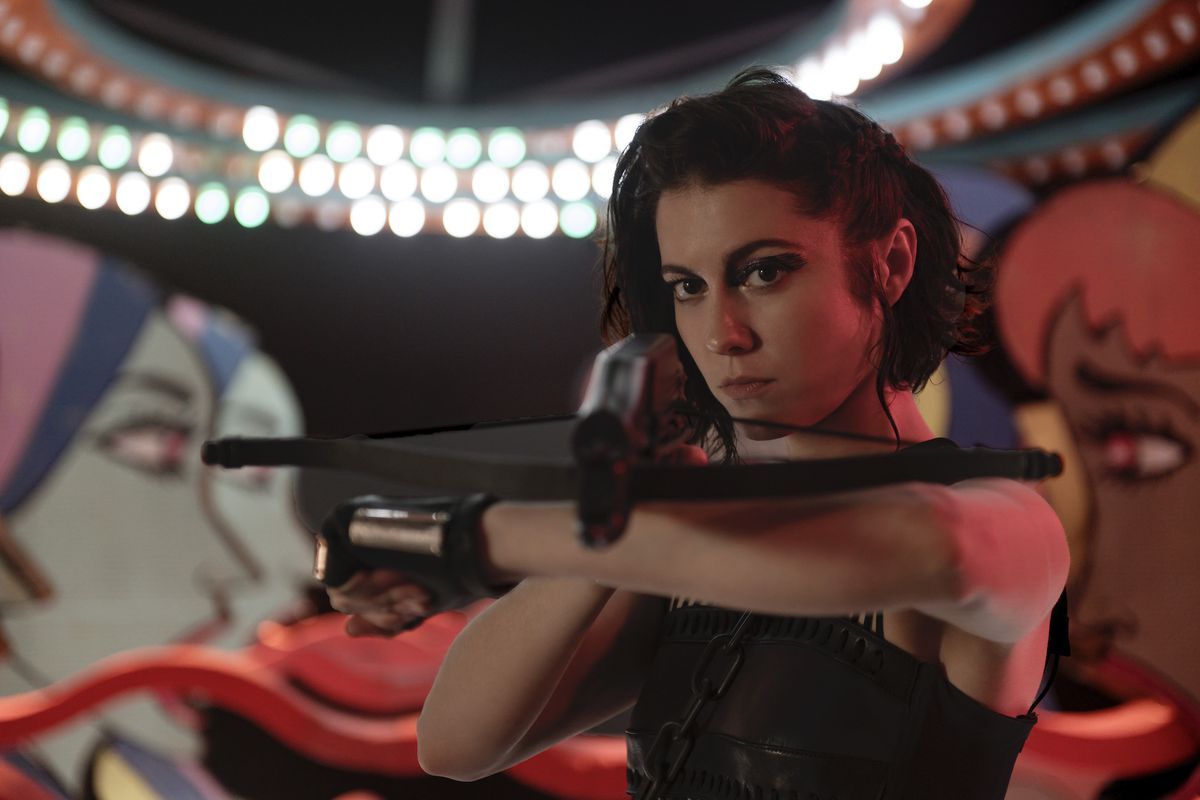Gail Simone, most known for her work on the Birds of Prey and Wonder Woman comics, has been helping aspiring writers on Twitter.
Using the social media platform, Simone assists users by giving advice on both the creative and business sides of the comic book industry. Also included are writing assignments to help build craft and understand the structure.
Gail Simone Has Been Writing Comics For 20 Years
Simone's career started, interestingly, with the internet. She noticed a trend with female comic book characters in which they were consistently killed, sexually assaulted or maimed for the sake of motivating male characters. She became part of a website that chronicled this trope called Women in Refrigerators, named after a recent comic in which Green Lantern Kyle Raynor's girlfriend had been murdered and stuffed inside a refrigerator.
According to the New York Times, the site brought her into contact with people in the industry. She started writing The Simpsons comics for Bongo Comics which showcased her sense of humor. That led to a writing gig on Deadpool over at Marvel.
After that series was cancelled, Simone moved to DC Comics where she took over writing Birds of Prey. Simone was the writer who added the Huntress to the team who, now, is a character most people cannot imagine the team without. The character was played by Mary Elizabeth Winstead in the recent film adaptation.
Simone's other works include Wonder Woman, Batgirl and Action Comics just to name a few.
Comics School Day One
On March 13, 2020, Simone announced on her Twitter account that she would be hosting a five-day course on comic books. This initial tweet received 738 retweets and over 2,000 likes. Day one served as an orientation of sorts. Simone outlined the ultimate goal which was that everyone participating would complete a 5-8 page story for a comic.
Simone's lessons focus especially on mental roadblocks that prevent people from writing and she gave tips on how to overcome. A lot of this included encouraging people to write why they hadn't been writing and writing perceived strengths and weaknesses.
Day one's homework was for students to pick one of eight genres. The choice could be made based on preference, but students were encouraged to use an eight-sided die or number generator, as often, editors are looking to fill a certain kind of book and it's useful to be able to adapt to a genre even if it isn't the preference.
The second part of the assignment was to write two different springboards based on the genre. In film terms, a springboard is an elevator pitch. It's a story idea that can fit into a single tweet.
Comics School Day Two
Simone started day two by explaining the purpose of the springboards. She asserts that the first customer of a comic book is not a reader. The first person a writer has to sell a book to is an editor. Then, the book needs to be sold to the publisher followed by the retailer. And after all that, a customer can finally buy it off the shelf.
The focus of day two after that was on outlining. Simone relayed a basic story structure as well as a common process of writing that starts at the springboard. An outline is created from that springboard. From there, a first draft is written. And, finally, revisions.
One would think that day two's assignment would be to create an outline based on one of the two springboards. But Simone threw a curveball on only the second day of class. She asked students to find what she called a "Fred". The "Fred" would essentially act as the editor; this could be a family member or classmate. The latter option became popular thanks to a Discord group that was created where students could discuss and archive the lessons. Students also frequently received feedback from their peers for all assignments. The role of the "Fred" in this instance was to choose one of the two springboards from day one. Then, Simone instructed that students should write the first page based on the springboard their "Fred" chose.
Comics School Day Three
The main lesson on this day revolved around the first page. It is arguably the most important page. Simone points out that if a reader does not want to immediately turn the page, something is wrong.
Craft also became a factor. Many of the stories turned in either had too little visual description or too much. Simone asserted the importance of setting the scene including location, character names, and mood. These have to be clear to both the editor and the artist. But it should also be collaborative. Simone encourages students to not ask too much of potential artists; partnership is important.
This day's assignment was to read five stories from fellow students, not to criticize, but to learn. Then, students were asked to not only revise their first page but to write the first half of their stories.
Comics School Day Four
Simone's main thesis for this day was "nothing is wrong if it works." She stresses that there is no exact method for creativity; the important thing is to be in a space that inspires. And while nothing can ever be optimal, things can be optimized.
The assignment was to read three professional comic scripts, using a resource Simone provided. After, students were asked to revise the first half of their stories and then finish the stories. These are considered the finals.
Day five has not yet occurred but it will more than likely cover the process of selling a story to editors and publishers.



